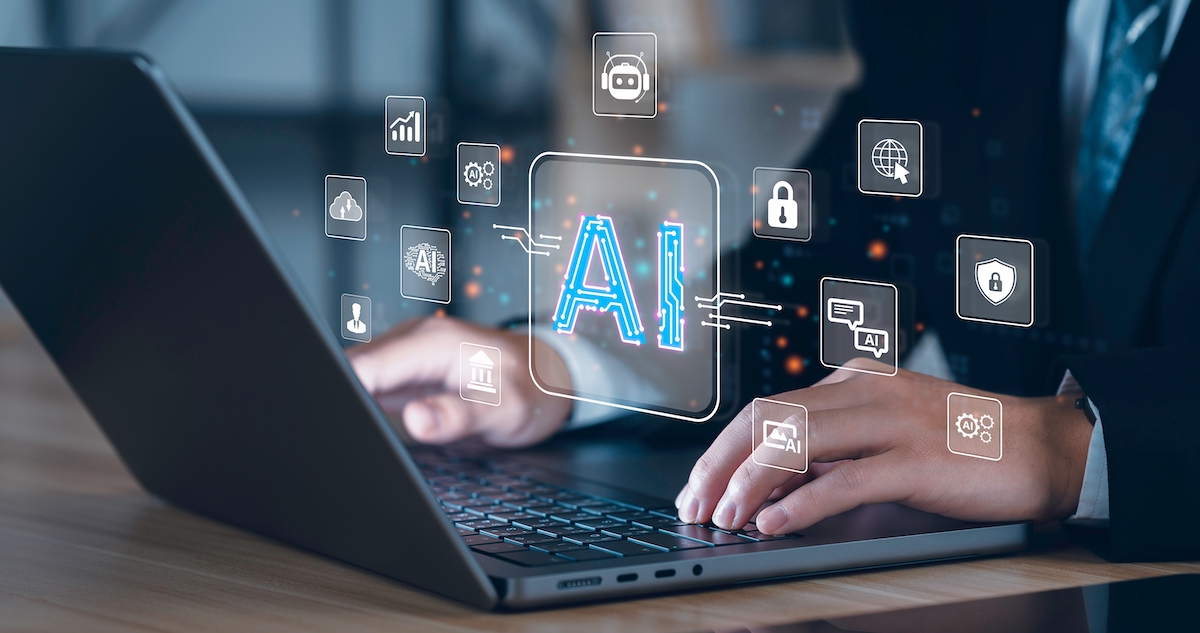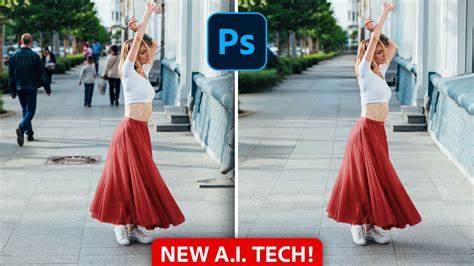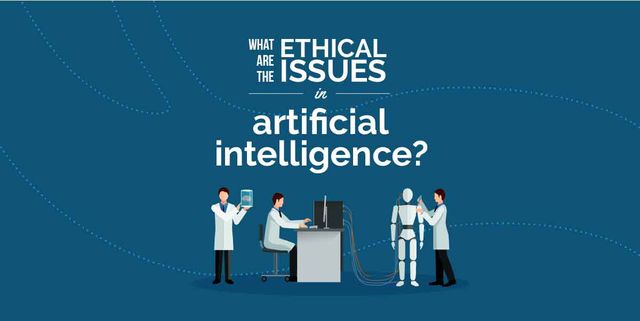In recent years, artificial intelligence (AI) has revolutionized various sectors, and digital image processing is no exception. One of the intriguing yet controversial applications of AI is the ability to remove proofs or watermarks from photos. These AI-powered tools can seamlessly erase any text, logo, or watermark from an image, leaving no trace of manipulation. While this technology offers remarkable convenience and utility, it also raises significant ethical and legal concerns. This article explores the multifaceted impact of AI tools that remove proofs from photos, highlighting their benefits, drawbacks, and the broader implications for society.

The Mechanics Behind AI-Powered Proof Removal
AI tools designed to remove proofs from photos leverage sophisticated algorithms, primarily based on deep learning techniques. These tools are trained on vast datasets of images with and without watermarks or proofs. By analyzing these datasets, the AI learns to identify the patterns and characteristics of the proofs and predict how the image should appear without them. This process involves:
- Image Segmentation: The AI first identifies the regions of the image containing the proof.
- Inpainting:The identified regions are then filled in using surrounding pixels, ensuring a seamless blend with the rest of the image.
- Quality Enhancement: Finally, the AI applies various image enhancement techniques to ensure the edited area matches the original quality of the photo.
The result is a convincingly authentic image that shows no signs of tampering, making it almost impossible to detect the removal of the proof without advanced forensic analysis.

Benefits of AI-Powered Proof Removal
- Enhanced Creative Freedom: For photographers and digital artists, these tools offer greater creative flexibility. They can experiment with different compositions and layouts without being restricted by unwanted proofs or watermarks.
- Improved Visual Content Quality: Content creators can enhance the quality of their visuals by removing intrusive elements. This can be particularly beneficial in marketing, advertising, and social media, where high-quality visuals are crucial for engagement.
- Efficient Content Reuse: Organizations often need to reuse visual content across different platforms and contexts. AI tools can help by quickly removing outdated or irrelevant proofs, making images more versatile and reusable.
- Cost and Time Savings: Traditional methods of proof removal require manual editing, which can be time-consuming and expensive. AI tools automate this process, significantly reducing the effort and cost involved.
Ethical and Legal Concerns
Despite the clear advantages, the use of AI to remove proofs from photos is fraught with ethical and legal challenges. The ease with which these tools can be used to alter images has far-reaching implications.
- Copyright Infringement: Removing watermarks or proofs from copyrighted images without permission is a direct violation of intellectual property rights. It enables unauthorized use and distribution of protected content, undermining the rights of original creators.
- Misinformation and Fraud: The ability to seamlessly edit photos can be exploited to create misleading or fraudulent content. This can have serious consequences, particularly in contexts where visual evidence is crucial, such as journalism, legal proceedings, and scientific research.
- Erosion of Trust: In an era where digital images play a significant role in communication and information dissemination, the widespread use of these AI tools can erode trust. Audiences may become increasingly skeptical of the authenticity of images, leading to a general distrust of visual media.
- Privacy Violations: AI-powered proof removal tools can also be used to violate privacy by removing identifying marks or watermarks from personal photos. This can lead to unauthorized use and distribution of private images.
Navigating the Ethical Landscape
To mitigate the negative impact of AI tools that remove proofs from photos, it is essential to establish clear ethical guidelines and regulatory frameworks. This involves:
- Developing Detection Tools: Investing in AI technologies that can detect image manipulation and flag altered photos is crucial. These tools can help maintain the integrity of visual content by making it easier to identify tampered images.
- Educating Users: Raising awareness about the ethical implications of using AI proof removal tools is important. Users should be educated about the potential risks and encouraged to use these tools responsibly.
- Implementing Legal Safeguards: Strengthening copyright laws and enforcing stricter penalties for unauthorized use of AI tools to remove proofs can help protect intellectual property rights. Legal frameworks should also be updated to address the unique challenges posed by AI-driven image manipulation.
- Promoting Transparency: Platforms that host visual content, such as social media and news websites, should implement transparency measures. This could include watermarking uploaded images with metadata that indicates whether they have been altered.
The Future of AI and Digital Image Processing
As AI continues to evolve, its applications in digital image processing will undoubtedly become more sophisticated. While the ability to remove proofs from photos is just one example, it highlights the broader potential and challenges of AI in this field. Balancing the benefits of these technologies with the need to maintain ethical standards and protect intellectual property rights will be crucial in shaping the future of digital image processing.
In conclusion
AI tools that remove proofs from photos exemplify the transformative power of artificial intelligence. They offer significant advantages in terms of creativity, efficiency, and content quality. However, their potential for misuse cannot be ignored. By fostering responsible use and implementing robust safeguards, society can harness the benefits of these technologies while minimizing their negative impact. The ongoing dialogue between technologists, ethicists, and policymakers will play a critical role in navigating this complex landscape and ensuring that AI serves the greater good.

